Company Cyber Security Posture
NANA
NA Company Details
NA
NA
NA
NA
NA
NA
Scan still pending
NA
NA
Between 200 and 800
This score is AI-generated and less favored by cyber insurers, who prefer the TPRM score.
 NA Global Score
NA Global Score.png)

Company Scoring based on AI Models
| Model Name | Date | Description | Current Score Difference | Score |
|---|---|---|---|---|
| AVERAGE-Industry | 03-12-2025 | This score represents the average cybersecurity rating of companies already scanned within the same industry. It provides a benchmark to compare an individual company's security posture against its industry peers. | N/A | Between 200 and 800 |
Company Cyber Security News & History
| Entity | Type | Severity | Impact | Seen | Url ID | Details | View |
|---|
Company Subsidiaries

NA
Access Data Using Our API

Get company history
.png)
NA Cyber Security News
E.U. Officials Ban TikTok From Employees’ Phones (Published 2023)
The European Commission took aim at the popular Chinese-owned app, citing “cybersecurity threats.”
India Bans Nearly 60 Chinese Apps, Including TikTok and WeChat (Published 2020)
India's announcement highlights how technology companies are increasingly becoming entangled in broader geopolitical disputes. In China, ...

NA Similar Companies
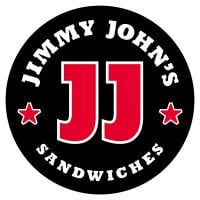
Jimmy John's
THE SANDWICH OF SANDWICHES℠ At Jimmy John's, we don't make sandwiches. We make The Sandwich of Sandwiches℠. We use fresh vegetables because we don't hate salads, we just feel bad for them. We hand-slice our provolone cheese and meats in-house every day, because packaged pre-sliced meats doesn't ha
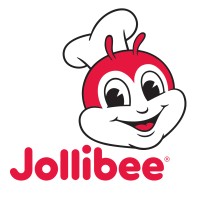
Jollibee Group North America
Our Jollibee Group was founded in 1975 by Tony Tan Caktiong. With the help of his wife Grace, his family, and in-laws, they started everything with a small family business selling ice cream in the streets of Manila. Three years after starting, the family saw the opportunity for hot meals. They conve

Chili's
Chili's opened as a fun Dallas burger joint with a loyalty to happy hour and blue jeans. We prided ourselves on our humble beginnings, following a devotion to great food, warm hospitality and community spirit. Today, with restaurants all over the world, we continue to cook up the best in casual fare
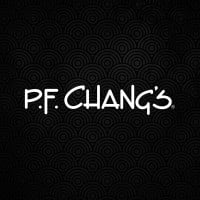
P.F. Chang's
P.F. Chang’s is a restaurant concept that honors the 2,000-year-old Asian tradition of wok cooking and believes in making food from scratch every day in every restaurant. Since inception, P.F. Chang’s chefs hand-roll dim sum, hand chop and slice all vegetables and meats, handcraft every sauce and w
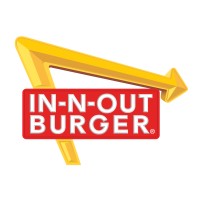
In-N-Out Burger
In-N-Out Burger was founded in 1948 by Harry and Esther Snyder in Baldwin Park, California, and remains privately owned and operated. Under the direction of the Snyder family, the company has opened restaurants throughout California, Nevada, Arizona, Utah, Texas, Oregon, Colorado, and Idaho. In-N-
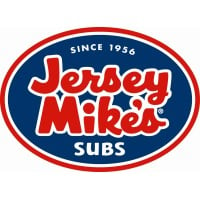
Jersey Mike's Subs
Jersey Mike’s, a fast-casual sub sandwich franchise with more than 3,000 locations open nationwide, believes that making a sub sandwich and making a difference can be one and the same. Jersey Mike’s offers A Sub Above®, serving authentic fresh sliced subs and authentic Philly cheesesteaks grilled t

Frequently Asked Questions
Explore insights on cybersecurity incidents, risk posture, and Rankiteo's assessments.
NA CyberSecurity History Information
How many cyber incidents has NA faced?
Total Incidents: According to Rankiteo, NA has faced 0 incidents in the past.
What types of cybersecurity incidents have occurred at NA?
Incident Types: The types of cybersecurity incidents that have occurred include .
Additional Questions
What Do We Measure?
















Every week, Rankiteo analyzes billions of signals to give organizations a sharper, faster view of emerging risks. With deeper, more actionable intelligence at their fingertips, security teams can outpace threat actors, respond instantly to Zero-Day attacks, and dramatically shrink their risk exposure window.
These are some of the factors we use to calculate the overall score:
Identify exposed access points, detect misconfigured SSL certificates, and uncover vulnerabilities across the network infrastructure.
Gain visibility into the software components used within an organization to detect vulnerabilities, manage risk, and ensure supply chain security.
Monitor and manage all IT assets and their configurations to ensure accurate, real-time visibility across the company's technology environment.
Leverage real-time insights on active threats, malware campaigns, and emerging vulnerabilities to proactively defend against evolving cyberattacks.




